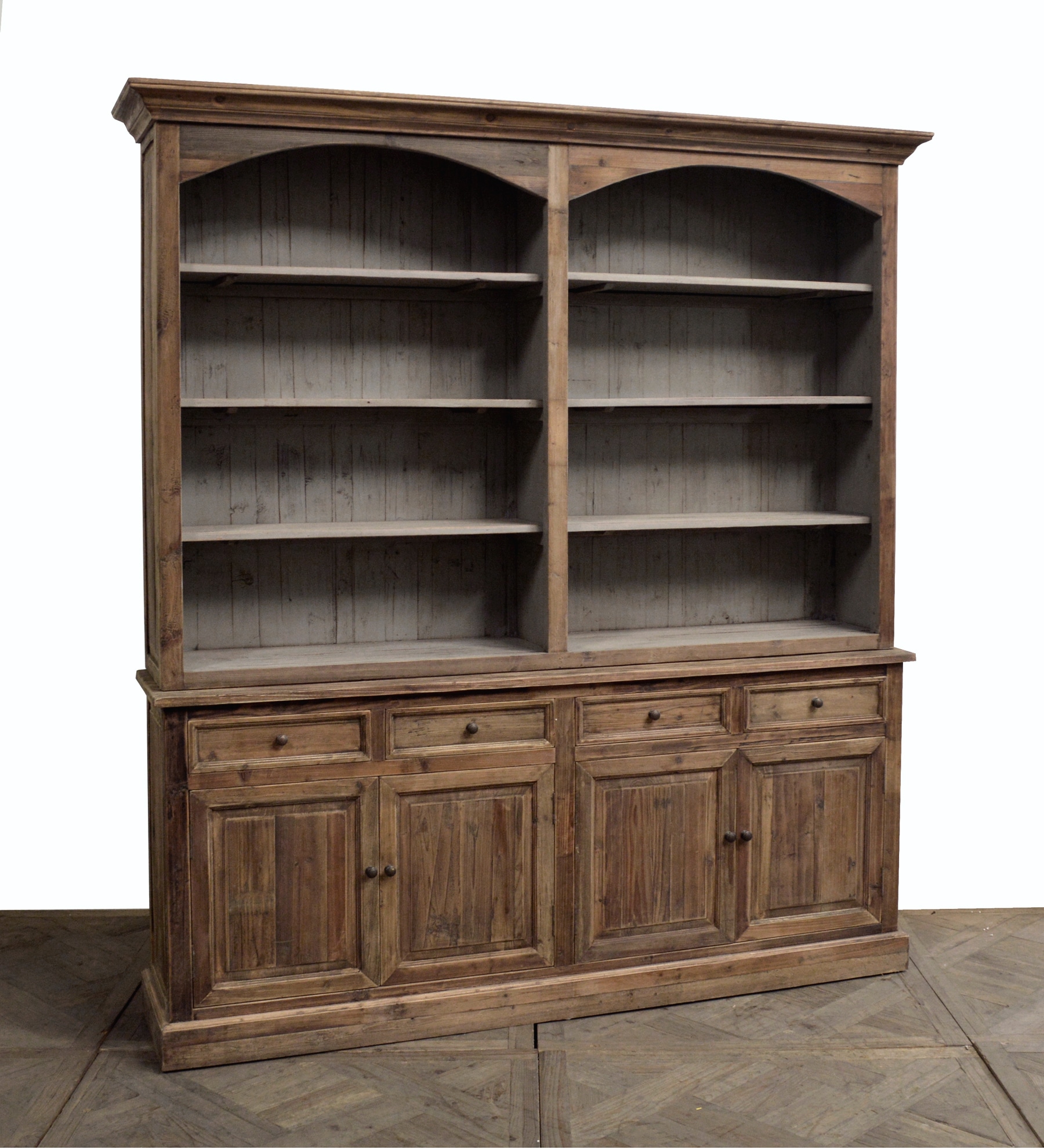

Mononuclear cells are a heterogeneous population that comprise both hematopoietic stem cells and MSCs, as well as hematopoietic progenitors, lymphocytes and monocytes. The first cell therapy test aimed to replace bone marrow of ALS mice with mononuclear cells from wild-type mice bone marrow or from human umbilical cord ( 5– 7). Their limitations, and strategies to overcome these limitations are described. Different cell types tested in ALS preclinical models and clinical trials are reviewed. In this chapter, the use of cell therapy in ALS is discussed. In addition, the number of adult stem cells in most tissues appears to decrease with age ( 4). However, stem cells from adult tissue are usually present in limited quantities and have slow expansion rate, hindering autologous use for the treatment of acute illnesses or traumas, which require immediate treatment. Multipotent stem cells, that comprises MSCs, could be used autologously, avoiding immunological concerns. In addition, for diseases such as ALS in which genetic mutations are involved, autologous cell therapy is not the best choice. Unfortunately, it is still expensive and time consuming to produce patient-specific iPSCs for therapy. iPSCs could overcome this last limitation, once they can be derived directly from the patient. These cells are of allogeneic origin, requiring immunosuppression when transplanted. For example, ESCs have the advantage of indefinitely proliferation and broad capacity for differentiation but are prone to form tumors or differentiate uncontrollably into undesirable cell types. In practice, each stem cell has its advantages and disadvantages for clinical application. MSCs, for example, release paracrine factors that protect host cells that are degenerating, reduce inflammation, stimulate angiogenesis, among others ( 3).

However, cell therapy could also be used to favor the damaged tissue survival or regeneration.


Cell therapy may aim to regenerate cells or tissue, and in this case pluripotent or multipotent stem cells from the tissue of interest could be used to replace the lost cells. The clinical problem and the tissue that must be repaired are the primary factors. Many factors must be considered to decide the most appropriate cell therapy for a given patient. Multipotent stem cells generate only cells from a specific linage or tissue, such as neural stem cells (NSCs) or mesenchymal stem cells (MSCs). Totipotent stem cells are the zygotes, that could form the whole individual, while pluripotent stem cells are capable of forming cells from the three germ layers: as embryonic stem cells (ESCs) and induced pluripotent stem cells (iPSCs). They are classified as totipotent, pluripotent or multipotent, depending on differentiation capabilities. Stem cells are defined as cells capable of self-renewal and differentiation into more than one cell type. Neural stem cells from different sources could be used to replace motoneurons or glial cells, while mesenchymal stem cells or mononuclear blood cells have been tested mainly as immunomodulators. Therapeutic strategies using cells in ALS. The applications of ALS iPSCs and their future therapeutic potential are also briefly discussed in this chapter. The advent of induced pluripotent stem cells (iPSCs) has enabled the development of patient-specific cell lines, a valuable tool to investigate in vitro molecular mechanisms of the disease and therapies in different genetic backgrounds. Despite the encouraging results in preclinical studies, cell therapy-based clinical trials for ALS have achieved only modest results so far, probably due to the genotypic variations seen among ALS patients, which is difficult to reproduce in animal models. A growing body of evidence from studies using genetically engineered ALS animal models demonstrate the safety and efficacy of therapies based on different cell types such as mononuclear cells, neural progenitors, and mesenchymal stem cells. Since the pharmacological options available provide only a slight increase in life expectancy, cell therapy is emerging as a promising therapeutic alternative for ALS. Amyotrophic lateral sclerosis (ALS) is a fatal neurodegenerative disease which leads to a progressive degeneration of motoneurons.


 0 kommentar(er)
0 kommentar(er)
